

CarExpert.com.au
The CarExpert team's favourite cars of 2025
3 Days Ago
The N Line is a Hyundai i30 with plenty of performance at a more palatable price than the Premium or full-on i30 N.
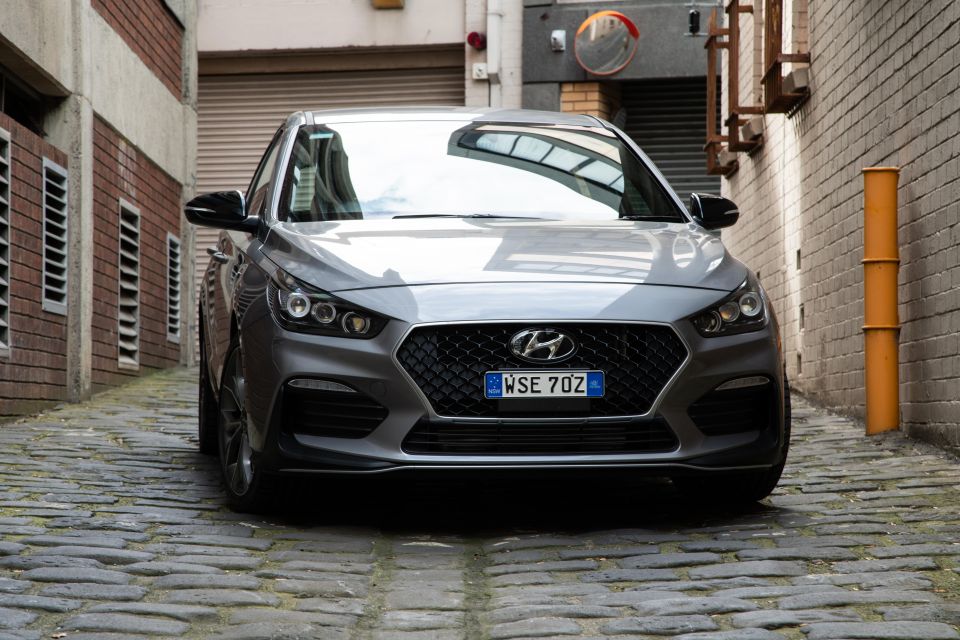
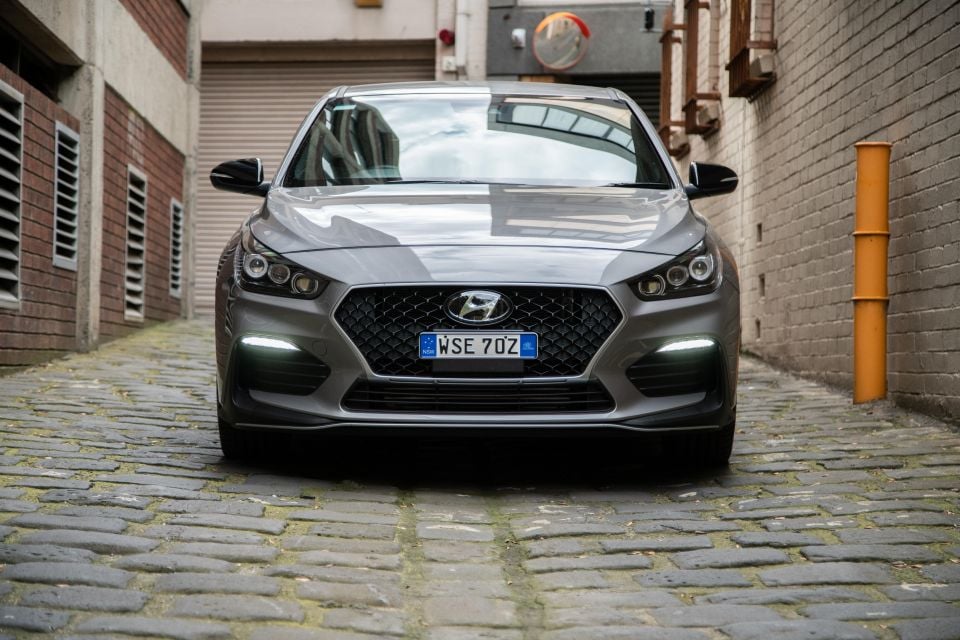

Contributor
New from
$32,690
excl. on-roads

Contributor
New from
$32,690
excl. on-roads


Contributor
New from
$32,690
excl. on-roads

Contributor
New from
$32,690
excl. on-roads
Quickly see how this car stacks up against its competition. Select any benchmark to see more details.
Where expert car reviews meet expert car buying – CarExpert gives you trusted advice, personalised service and real savings on your next new car.
Want a Hyundai i30 N but can’t quite stretch the budget that far? Say hello to Hyundai’s halfway-house hot hatch.
The Hyundai i30 Hatch N Line is the most affordable warm performance hatch the brand offers in Australia, offering sporty looks and turbocharged petrol power for just north of $30,000.
Although it was updated with the rest of the i30 range late in 2020, the N Line doesn’t get a new look for 2021.
It does get a few choice specification changes though, to make a good thing (mostly) better.

The 2021 Hyundai i30 Hatch N Line kicks off at $29,420 before on-road costs for the six-speed manual, but the optional seven-speed dual-clutch automatic on test here has a sticker price of $31,420 before on-road costs.
The cheapest i30 is $23,420 before on-roads with a manual transmission, while the more heavily-featured i30 N Line Premium starts at $34,220 before on-roads with a manual transmission.
Rivals are few and far between when you consider the performance on offer.
The only remaining version of the Ford Focus hatch is the sporty ST-Line, priced from $30,990 before on-roads, but it’s down 16kW and 25Nm on the N Line and doesn’t offer a manual option.
Toyota doesn’t have a performance-oriented Corolla, but will sell you a sporty-looking ZR petrol hatchback for $32,695 before on-roads.
The new Volkswagen Golf range starts at $31,950 before on-roads with an auto, though the 110kW R-Line will have you spending around $40,000.
Kia does have the Cerato GT, complete with the same engine as the i30 N Line. The recently-released facelift is on sale from $35,290 plus on-roads or $36,990 drive-away.
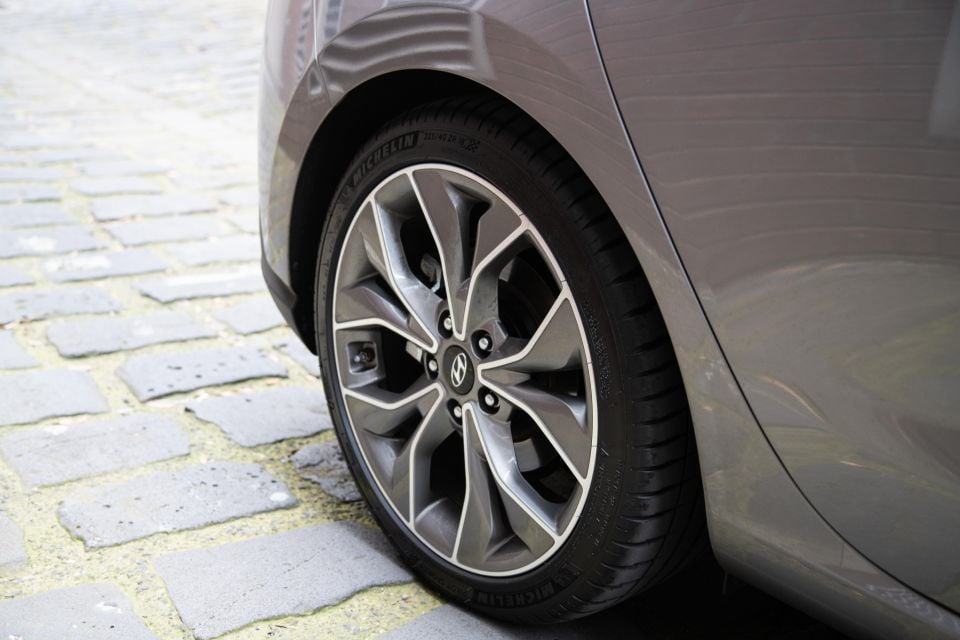
Buy your new car without the stress. It's fast, simple and completely free.

Great service from Travis and team, second time I have used this business would not hesitate to recommend them to anyone
Craig C.
Purchased a Ford Ranger in Sunshine Coast, QLD
CarExpert helped Craig save thousands on his Ford Ranger, now let us save you on your next new car.
Find a dealThe i30 N Line is based on the i30 Active, but adds a smattering of go-faster goodies to match its more potent powertrain.
Inside, it features an 8.0-inch infotainment system with wireless Apple CarPlay and Android Auto, along with a 7.0-inch instrument cluster.
There’s adaptive high beam, adaptive cruise control, automatic headlights (halogen projector type), a reversing camera, and rear parking sensors.
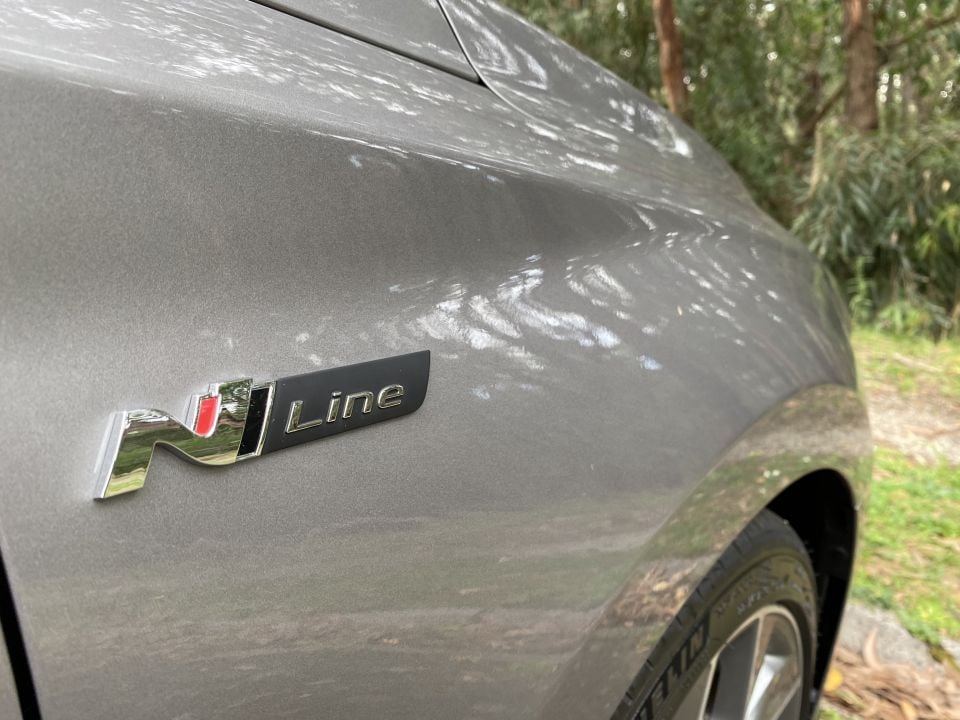
It also has leather seats, power-folding exterior mirrors, chrome exterior trim highlights, and auto up/down windows.
The N Line rides on 18-inch alloy wheels wrapped in expensive Michelin Pilot Sport 4 rubber, and features LED head- and tail lights.
There’s a more aggressive N Line appearance package (that’s a bodykit to you and me), keyless entry and push-button start, rain-sensing wipers, dual-zone climate control, and wireless phone charging.
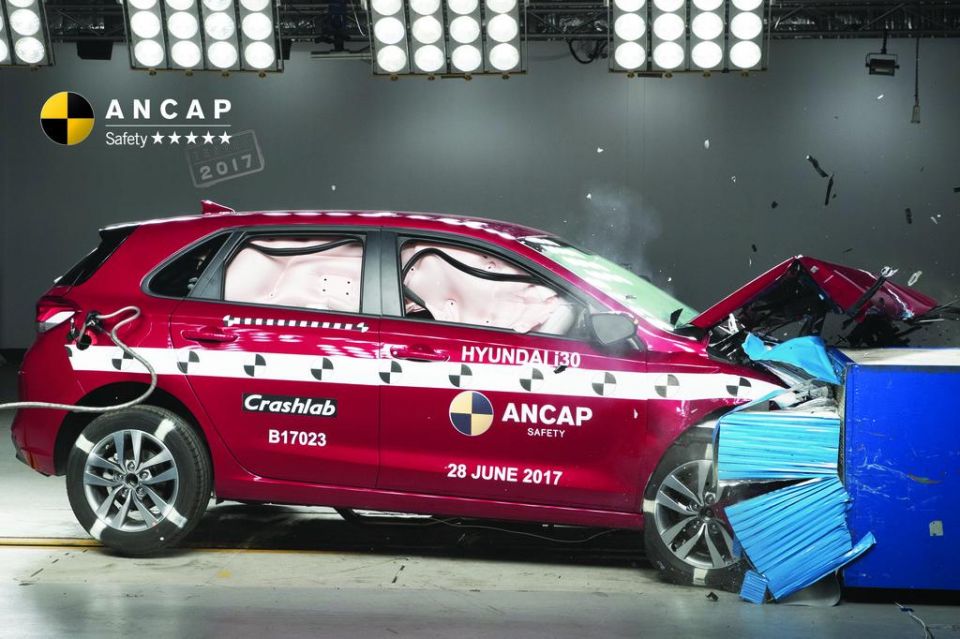
When the Hyundai i30 was tested by ANCAP in 2017, it received a rating of five stars.
That rating was based on a frontal offset score of 14.01 out of 16 and a side impact score of 16 out of 16. Whiplash and pedestrian protection were rated Good and Acceptable, respectively.
Even the base i30 includes autonomous emergency braking with pedestrian and cyclist detection, forward collision warning, as well as lane-keep assist and Lane Following Assist (active lane centring).
Blind-spot monitoring, rear cross-traffic alert, and safe exit alert are reserved for the i30 Elite.
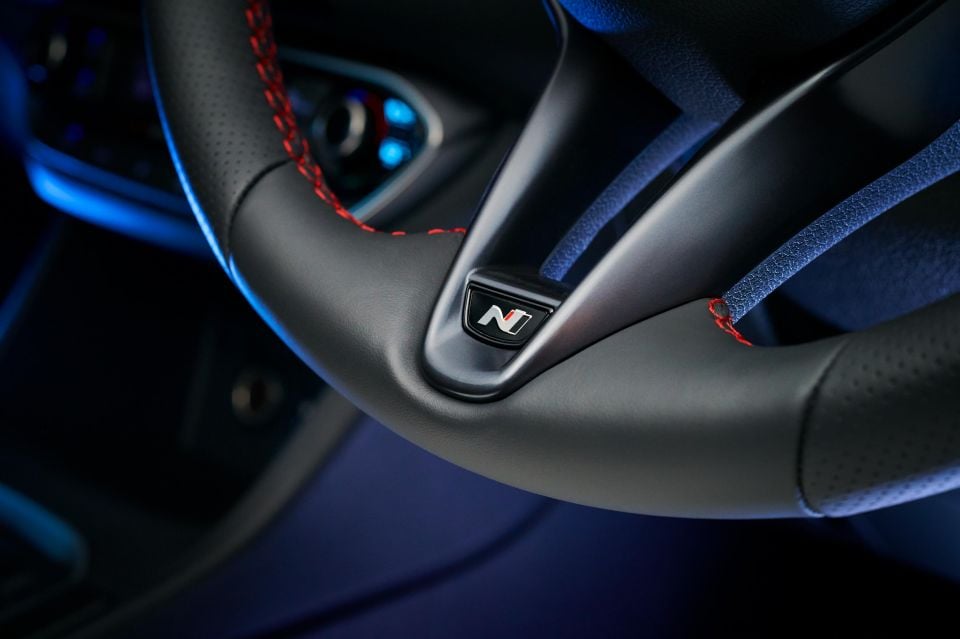
Hyundai has gently massaged the i30’s cabin as part of its mid-life update, with a new 8.0-inch infotainment display and a new part-digital gauge cluster.
Otherwise it’s business as usual, for better and for worse.
The infotainment system is the bad. Wireless Apple CarPlay and Android Auto is the headline inclusion for the 2021 i30, but it’s inconsistent at best and unusable at worst.
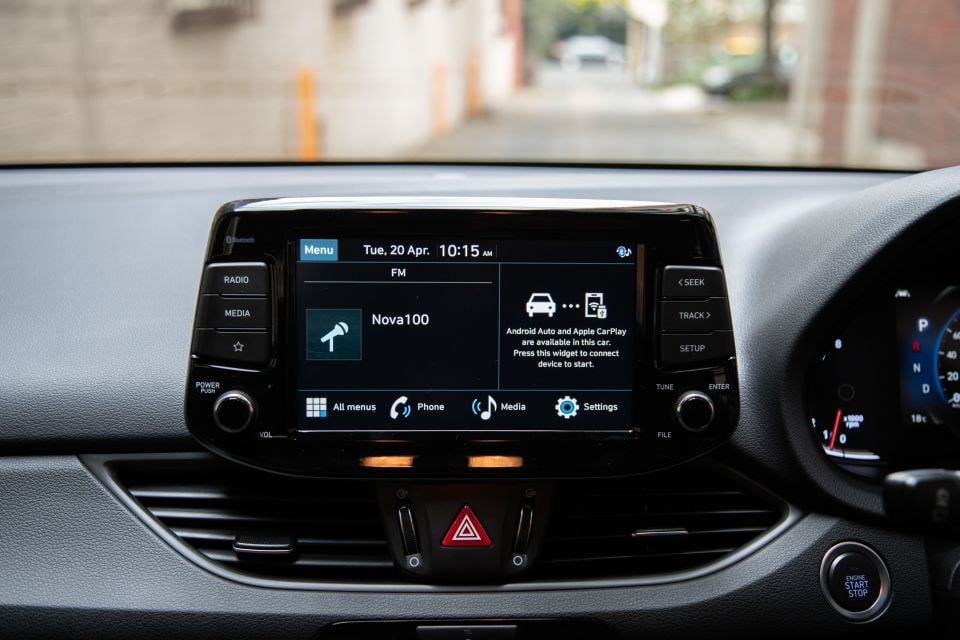
It constantly drops out and tells you to re-pair, making it tricky to use Google Maps directions. At least your music doesn’t stop…
Kia and Hyundai say they’re working on a fix, and it can’t come soon enough – the Kia Cerato we sampled recently definitely showed improvement. Alternatively, allowing owners to wire their phones for smartphone mirroring would be a step forward.
Smartphone mirroring aside, the system is easy to navigate and benefits from hard buttons. A larger 10.25-inch setup with factory satellite navigation is standard in the N Line Premium.
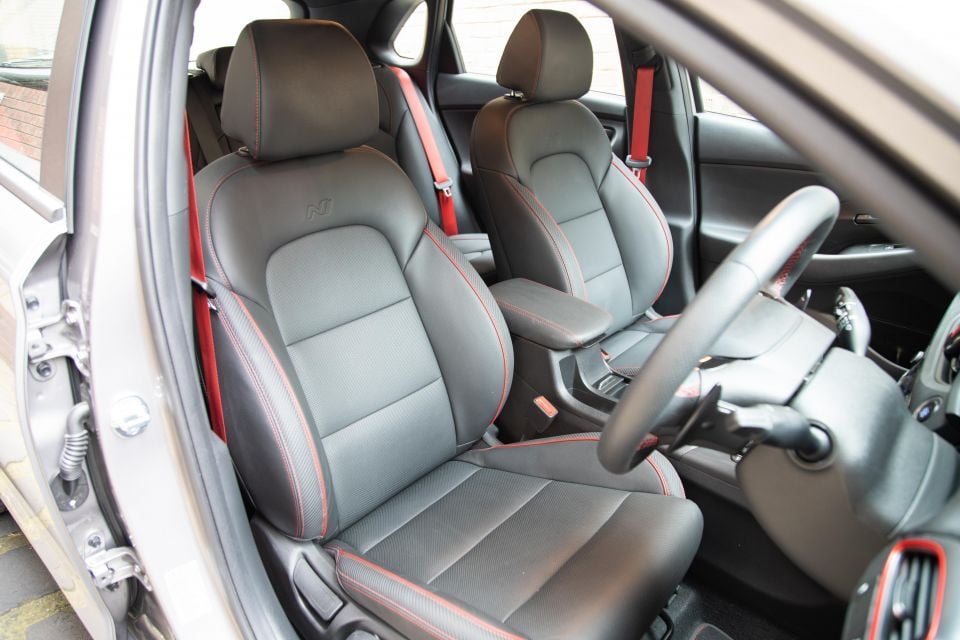
Also new for 2021 is a screen in place of the traditional instruments. It’s clear and offers a range of alternatives to the traditional trip computer, although it looks a bit half-baked compared to the fully-digital setup in the new i30 Sedan and high-grade versions of the Kona.
Aside from the technology, the fundamentals in the i30 are good. The driver and passenger sit in well-stuffed sports seats offering plenty of adjustment, and the steering wheel is a chubby, high-quality unit that wouldn’t be out of place in a car twice the price.
The climate controls are simple and there’s acres of storage in the cabin, from the deep central bin beneath the armrest to the cupholders and handbrake-shaped cutout on the transmission tunnel.
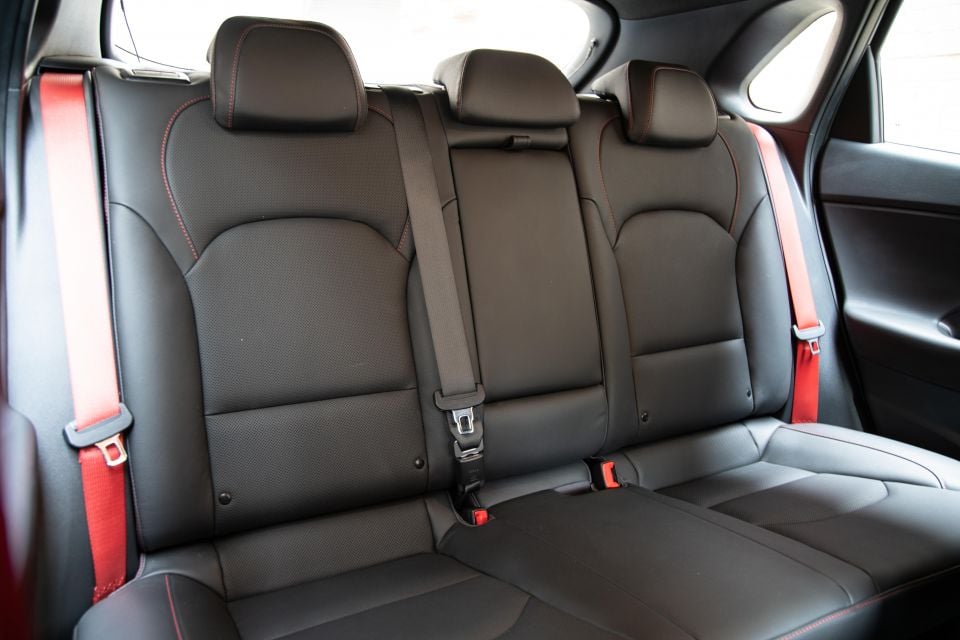
You even get wireless phone charging in a cubby beneath the dashboard, which isn’t always the case in SUVs and hatchbacks around the $30,000 mark.
Rear seat space is par for the small hatchback class, but nothing more. Headroom is good, and legroom is acceptable for adults or larger kids.
There are air vents back there in the automatic, which is a win on hot summer days, and the kids will appreciate having a fold-down central armrest.
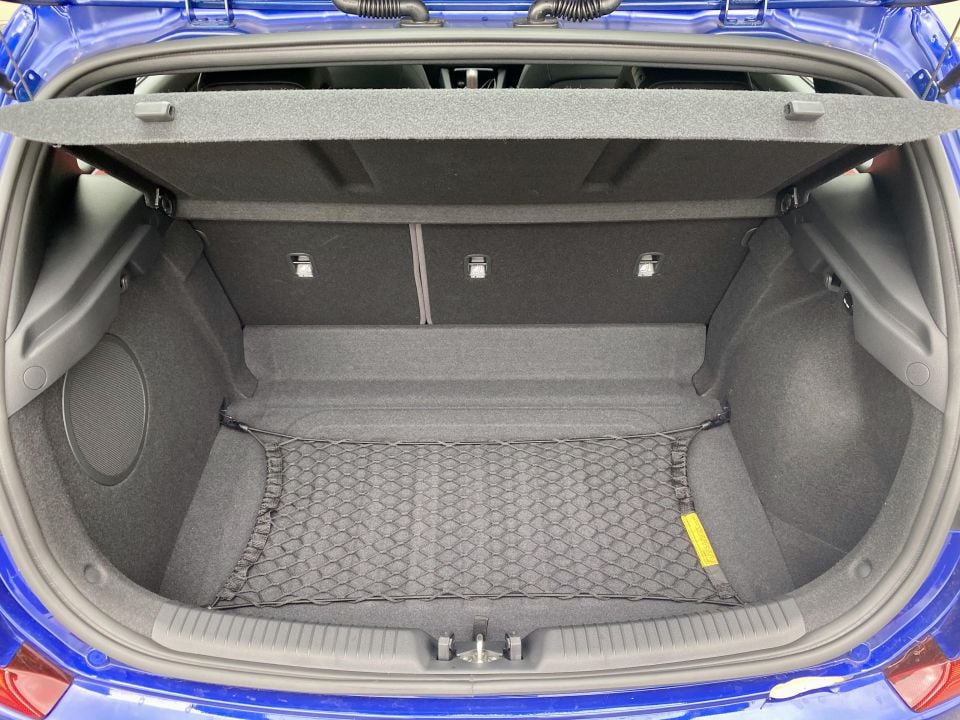
The boot space is 395L with the rear seats in place, and there’s a temporary space-saver spare under the floor.
It’s worth mentioning here, the i30 Hatch’s cabin is very functional but lacking in ‘wow factor’ compared to some of the other cars in Hyundai’s range. The i30 Sedan has a more dramatic layout, while the Kona offers more interesting trim choices.
The red trim and seatbelts are a neat touch, but the dashboard is barren and looks a bit basic in even the top-spec i30 N Line Premium.
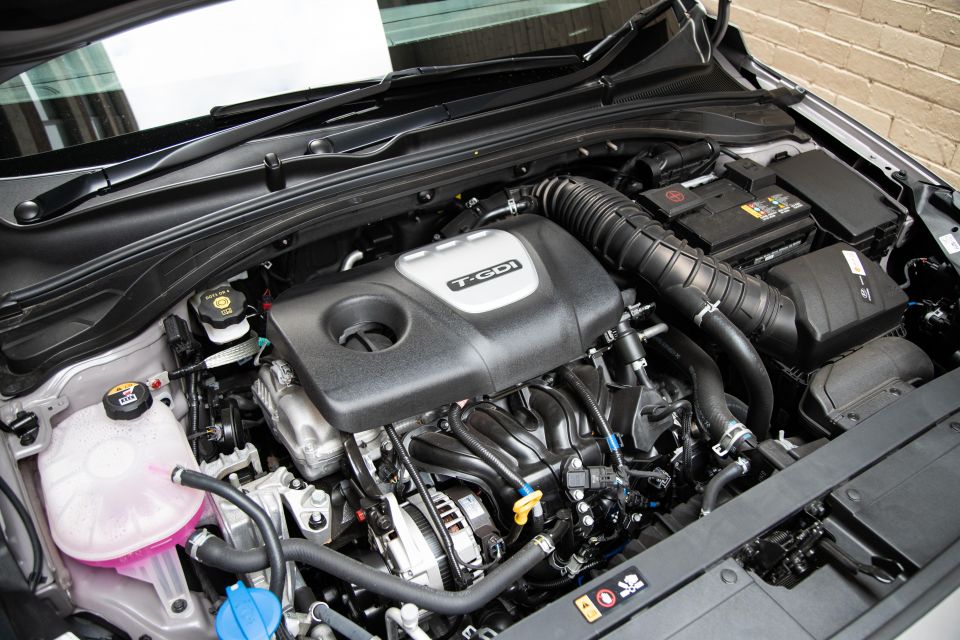
Where the base i30 relies on a naturally-aspirated 2.0-litre engine, the N Line has a turbocharged 1.6-litre petrol with 150kW of power and 265Nm of torque.
Although a six-speed manual is standard, the majority of buyers are expected to opt for a seven-speed dual-clutch automatic instead.
When equipped with the turbocharged 1.6-litre and seven-speed DCT, the i30 consumes 7.1L/100km on the combined cycle.
We saw 7.3L/100km in a week with a strong skew to highway driving, which is damn impressive.
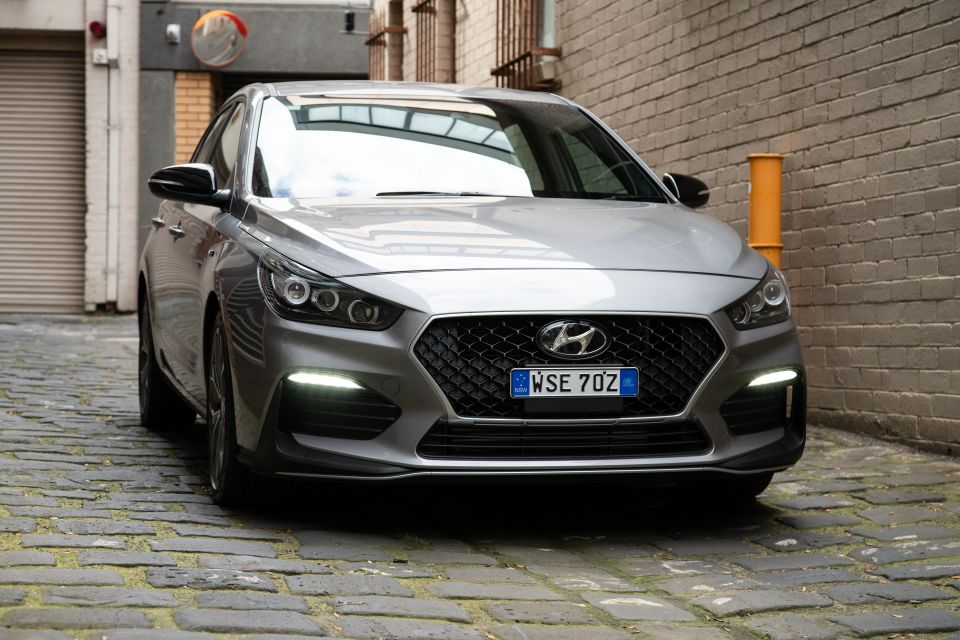
Often, sportier appearance packages and badges are window dressing. They’re designed to squeeze a few more dollars from buyer who want to look sporty but don’t care about the drive.
That isn’t the case here. The i30 N Line has the athletic ability to back up its attractive activewear, especially when you consider how little it costs.
From the weighty steering to the punchy engine it feels purposeful in a way you wouldn’t expect of a $30,000 hatchback.
The engine is light on for aural theatrics, but it’s more than capable of getting the i30 up and rolling. Peak torque is on tap between 1500 and 4500rpm, so it’s strong right through the mid-range.
Where the fact it’s a warm hatch, not a proper hot hatchback, becomes clear is when you really chase the redline. It’ll do it if you’re in a hurry, but it doesn’t really zing at the top end like the full-on i30 N or a Volkswagen Golf GTI.

It also sounds a little bit anodyne, grumbling and grinding rather than really growling.
Mated to the engine is a seven-speed dual-clutch transmission which, although improved compared to the first attempts from Hyundai, can still be a bit awkward at low speed.
It occasionally gets caught between first and second gear on light throttle inputs, which makes it feel jerky and unnatural in a way a conventional torque converter never does.
It shifts crisply on the move, although the gears don’t really slam home with the same conviction as the Volkswagen Group’s DSG transmissions manage. It responds sharply to the paddles, and holds a lower gear in Sport mode.
The warm powertrain is backed by a very capable chassis. The steering has plenty of weight to it, the rear suspension is a more sophisticated multi-link setup than in non-N Line models, and the upgraded Michelin tyres pay dividends when you tip the car into a corner.
There’s more grip than in a conventional i30, and the nose is keener to go where you point it. There’s real composure to the way it deals with mid-corner bumps, tracking truly where less sporty rivals would otherwise fall apart.

Where expert car reviews meet expert car buying – CarExpert gives you trusted advice, personalised service and real savings on your next new car.
It hasn’t been turned into a hard-riding menace around town, either. The i30 soaks up bumps and potholes without breaking a sweat, although it can be a bit noisy in the cabin over sharper-edged imperfections like expansion joints.
Combined with good sight lines, steering that’s light enough to easily park, and a clear reversing camera, it makes for a car that’s perfectly at home in the city.
Noise is the main bugbear in the i30 N Line. The Michelin Pilot Sport 4 tyres are grippy, but they also make their presence felt on anything other than the smoothest tarmac. It’s a bit noisy on Australian country highways.
As is often the case in Hyundai and Kia products, the lane-centring assist is far too keen to stamp its authority in the i30 N Line. It’s always nibbling away at the steering wheel, which is very frustrating.
Turn it off and leave lane-keep assist (which will nudge you into line if you drift into the white lines) on.
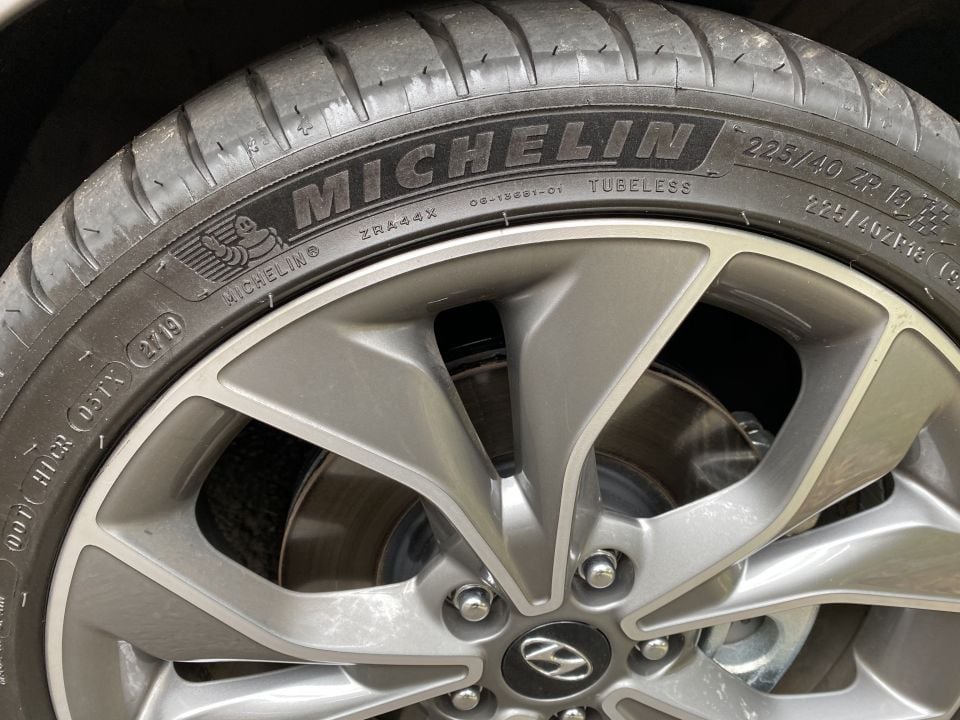
The 2021 Hyundai i30 N Line requires servicing every 12 months or 10,000km, whichever comes first.
Hyundai offers a Lifetime Service Plan with capped-price services over the course of the i30’s five-year, unlimited-kilometre warranty.
The average cost of a service over this period is $277 for i30 models with the 1.6-litre turbo petrol.

Want a warm hatchback? The i30 N Line is arguably the best there is.
Its handling is more grown up than you’d expect of a $30,000 hatchback, and the engine punches above its weight.
There are two issues, and neither is a dealbreaker. The first is the missing active safety equipment, which is frustrating given the less powerful i30 Elite has a full suite of assists.
The second is the fact Hyundai Australia can’t get the sharper-looking i30 N Line offered in Europe. Unfortunately the European car is built in the Czech Republic, whereas ours comes from Korea.
Sure, it looks fine, but the sharper Euro-spec body would have pulled the i30 Hatch more closely into line with the new i30 Sedan and Kona SUV.
We’re nitpicking though. If it’s a value-packed warm performance car you want, there are few better than the N Line.
MORE: Everything Hyundai i30
Where expert car reviews meet expert car buying – CarExpert gives you trusted advice, personalised service and real savings on your next new car.
Scott Collie is an automotive journalist based in Melbourne, Australia. Scott studied journalism at RMIT University and, after a lifelong obsession with everything automotive, started covering the car industry shortly afterwards. He has a passion for travel, and is an avid Melbourne Demons supporter.


CarExpert.com.au
3 Days Ago


Max Davies
4 Days Ago


Damion Smy
5 Days Ago


Max Davies
5 Days Ago


Max Davies
7 Days Ago


Damion Smy
8 Days Ago